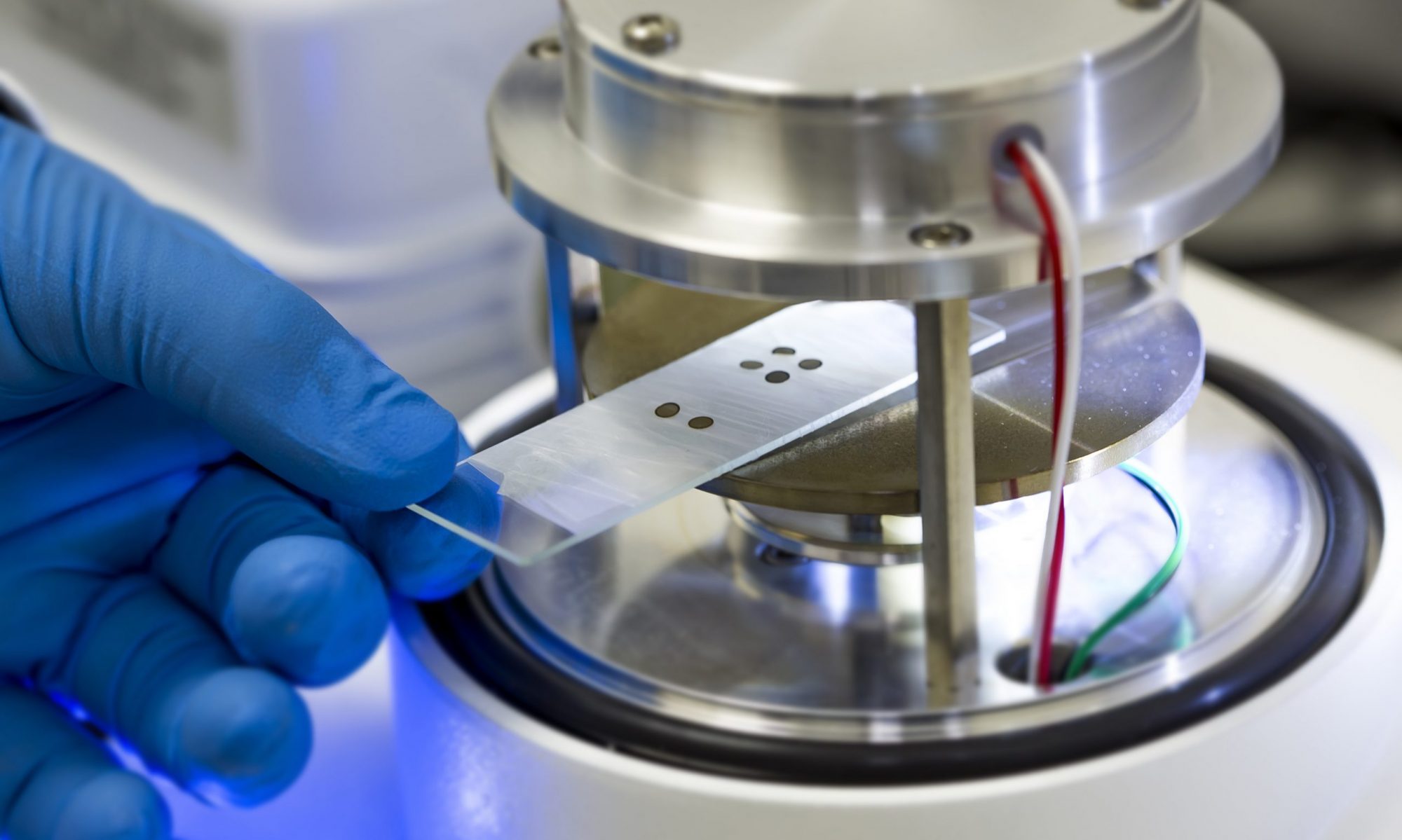Cochlear and vestibular hair cells are highly specialized sensory receptors for hearing and balance. Here, we report a serendipitous identification of a hair-cell-specific organelle in neonatal mouse inner ear, which we name “apicosome.” The apicosome is ∼500 nm in diameter and shows itinerant nature and transient appearance during development in cochlear hair cells. In contrast to cochlear hair cells, the apicosome persists in vestibular hair cells even in adult. The timing of apicosome translocation and disappearance in cochlear hair cells during development is correlated to kinocilium development and maintenance. The apicosome is not seen in supporting cells despite the fact that nascent supporting cells have microvilli and a primary cilium. Interestingly, transdifferentiated hair cells from supporting cells also contain apicosome, suggesting that it is unique to hair cells. Thus, our study identifies a previously undescribed organelle in hair cells and lays the foundation for further characterization of this specialized structure.
Citation:
Xiaofen Li, Qirui Zhao, Xiaojie Yu, Wenhan Cao, Yingyi Zhang, Wanying Feng, Liwen Jiang, David Z. He, Robert Z. Qi, Pingbo Huang,
Apicosome: Newly identified cell-type-specific organelle in mouse cochlear and vestibular hair cells, iScience, Volume 26, Issue 4, 2023,
106535,
ISSN 2589-0042,
https://doi.org/10.1016/j.isci.2023.106535.
(https://www.sciencedirect.com/science/article/pii/S2589004223006120)

